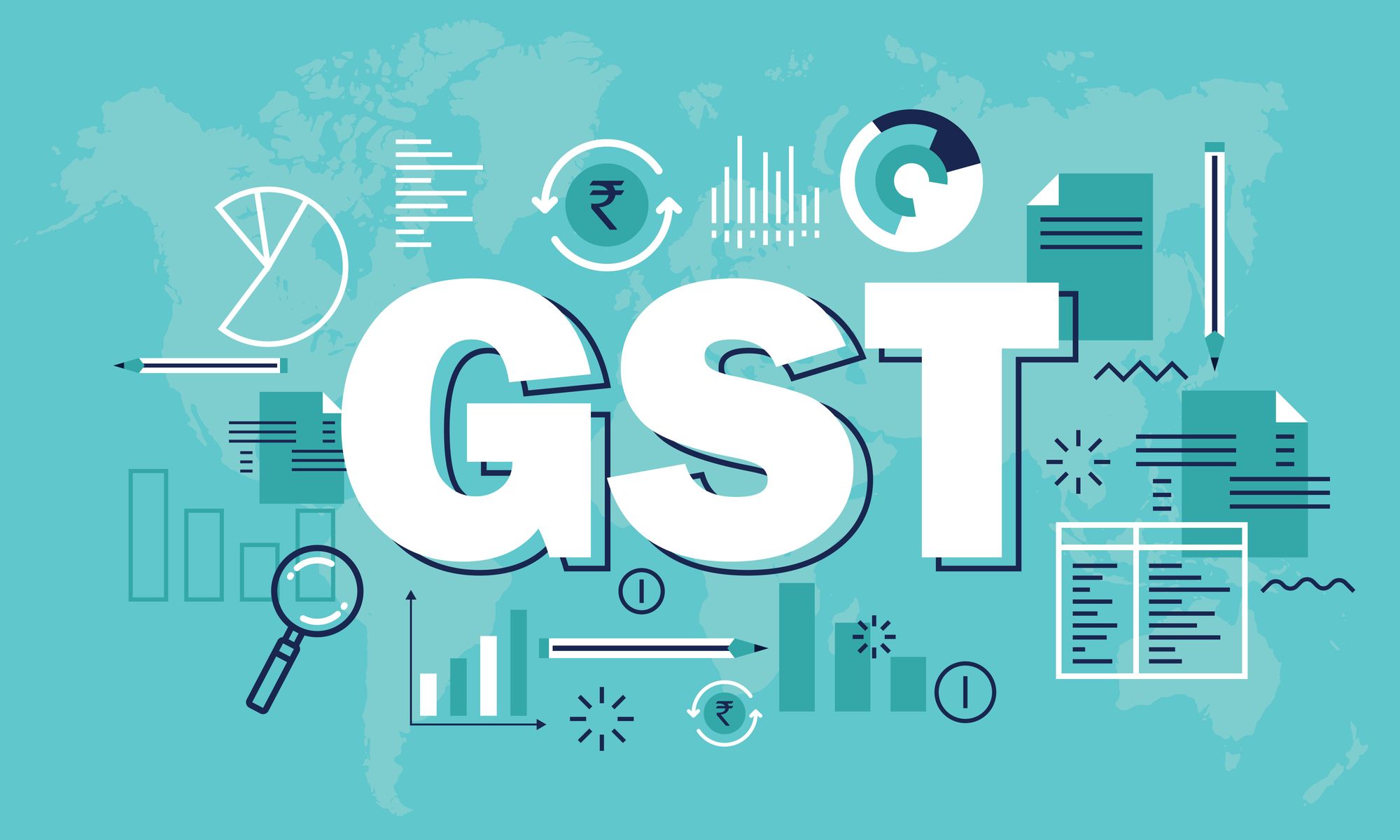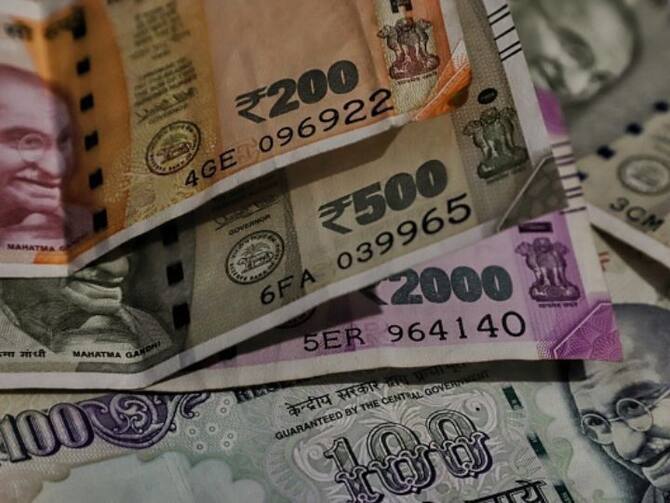GST collection hits all time monthly high of 1.87L Crores in April 2023
The total GST revenue collected in the month of April 2023 was Rs 1,87,035 crore, of which CGST was Rs 38,440 crore, SGST was Rs 47,412 crore, IGST was Rs 89,15
- by B2B Desk 2023-05-02 06:07:46
GST collection in India increased in April 2023 to hit a monthly high of over Rs 1.87 trillion, a 12% year-on-year growth, according to data released by the finance ministry on Monday. The milestone was hailed by many as a success story and seen as a sign of India's booming economy.
The previous highest monthly GST collection was recorded in April 2022 at around 1.68 trillion rupees, marking an increase of almost 12% in a year. Prime Minister Narendra Modi also congratulated the Indian economy on Twitter: "Great news for the Indian economy! Growth in tax collections despite low tax rates shows how GST has increased integration and compliance."
The total GST revenue collected in the month of April 2023 was Rs 1,87,035 crore, of which CGST was Rs 38,440 crore, SGST was Rs 47,412 crore, IGST was Rs 89,158 crore (including imports of Rs 34,972 crore and collected Rs 5 21 crores) billion (including 901 million from imports). During the month, the income from domestic transactions (including service imports) exceeded the income from these sources in the same month last year by 16%. According to Assocham Chairman Ajay Singh, this indicates strong growth in the Indian economy on the back of strong growth in consumer demand.
The record-breaking GST collection is a clear indication of the positive impact of e-invoicing and enhanced compliance regulations and India's booming economy, said Gautam Mahanti, Business Head, IRIS Tax Tech. "As expected, the 12% year-ago increase in April 2022 will be offset by an increase in e-way generated costs up to March 2023, which increased by 16% over that period." last year too, he added.
The amount of e-vouchers generated in March 2023 was 9 billion, which is 11% higher than the 8.1 million e-passports generated in February 2023. This indicates an increase in the movement of goods, which is another positive sign for the economy. The government paid Rs 45,864 crore in CGST and Rs 37,959 crore in SGST from IGST in April. The total revenue of the center and states till April 2023 after regularization is Rs 84,304 crore CGST and Rs 85,371 crore SGST.
Commenting on the GST numbers, Aditi Nayar, Chief Economist, ICRA Limited, said that GST collections showed strong growth at the end of the year with a 12% expansion till April 2023, representing transactions up to March 2023. - The 13 percent growth of the past months, the normalization base and the slight cooling of inflation may moderate the pace of expansion in the next quarter, although it will still remain in the "high single digits", he added.
Vivek Jalan of Partner Tax Connect Advisory, a multi-disciplinary tax advisory firm, said Budget 2023 projects a 12% increase in GST collection for 2023-24 over the previous financial year. "If they expect inflation of 5.5% and GDP growth of 6%, then the indirect tax float is not even pegged at 1%. CBIC is expected to achieve more, which it has not achieved." April 2023, where the growth in GST collections will last." exactly 12%, he said.
The government attributed the success of GST to increased compliance and convergence. Assocham President Ajay Singh said, "The GST data reflects strong growth in the Indian economy on the back of a strong pick-up in consumer demand." Gautam Mahanti, Business Head, IRIS Tax Tech, added that the collection of GST records is a clear indication of the positive impact of e-invoicing and enhanced compliance policies and India's booming economy.
While these numbers look promising, economists warn that a normalizing baseline and a slight cooling in inflation could dampen the pace of expansion next quarter, although it still represents high individual numbers. Vivek Jalan of Partner Tax Connect Advisory, a multi-disciplinary tax advisory firm, pointed out that while Budget 2023 projected a 12% increase in GST collections for 2023-24 over the previous financial year, if inflation of 5.5% and They expect GDP. 6% increase, then the indirect tax stock will be less than 1%. CBIC is expected to achieve more than what it achieved only in April 2023 where the growth in GST collection is exactly 12%.
The GST system has evolved since its introduction in 2017, with various measures introduced by the government to simplify the process and enhance compliance. The e-invoicing system was launched in January 2020 and made it mandatory for businesses with an annual turnover of Rs. 500 crore or more to generate invoices electronically. The aim of the system is to reduce tax evasion, increase compliance and generate revenue. The success of the e-invoicing system is shown in the increase in generated e-road costs, which increased by 11% in March 2023 compared to February 2023.
GST collection figures for April 2023 are encouraging, reflecting strong growth in the Indian economy on the back of a sharp increase in consumer demand. The success of the e-invoicing system and increased compliance regulations have a significant impact on GST collection. At the same time, economists warn that the rate of expansion may moderate somewhat in the next quarter, although it will still remain in the upper numbers. It remains to be seen how the government will further develop the GST system to improve compliance and increase revenue while keeping it simple and efficient for businesses.
Also Read: New GST Regulation of E-Invoicing for Businesses with Rs. 100 Cr and more

POPULAR POSTS
GST 2.0 Rollout Begins: New 5% & 18% Tax Slabs, Cheaper Essentials, and Helpline 1915 Explain
by Shan, 2025-09-22 10:20:19
GST Overhaul Explained: New 5% and 18% Slabs, 40% Tax on Luxury Goods
by Shan, 2025-09-04 11:53:34
Modi’s Diwali Gift: New GST Rates Slash Prices on Electronics, FMCG & More
by Shan, 2025-08-21 12:28:30
Jio Finance Launches Income Tax Filing at ₹24: How to File ITR Easily in 2025
by Shan, 2025-08-13 10:08:52
Income Tax Bill 2025: Lok Sabha Panel Backs Deductions for Late Filers
by Shan, 2025-07-22 12:28:58
Karnataka GST Crackdown: Why Shopkeepers Are Ditching UPI Payments
by Shan, 2025-07-16 12:14:56
GST Council Likely to Consider Lowering Tax on Online Food Delivery Fees
by B2B Desk, 2024-12-17 08:26:30
RECENTLY PUBLISHED

Loan EMIs to Drop as RBI Slashes Repo Rate - Full MPC December 2025 Highlights
- by Shan, 2025-12-05 11:49:44

Pine Labs IPO 2025: Listing Date, Grey Market Premium, and Expert Outlook
- by Shan, 2025-11-05 09:57:07

The Agentic Revolution: Why Salesforce Is Betting Its Future on AI Agents
- by Shan, 2025-11-05 10:29:23

Top 10 Insurance Companies in India 2026: Life, Health, and General Insurance Leaders Explained
- by Shan, 2025-10-30 10:06:42

OpenAI Offers ChatGPT Go Free in India: What’s Behind This Big AI Giveaway?
- by Shan, 2025-10-28 12:19:11

Best Silver Investment Platforms for 2025: From CFDs to Digital Vaults Explained
- by Shan, 2025-10-23 12:22:46




 Subscribe now
Subscribe now 